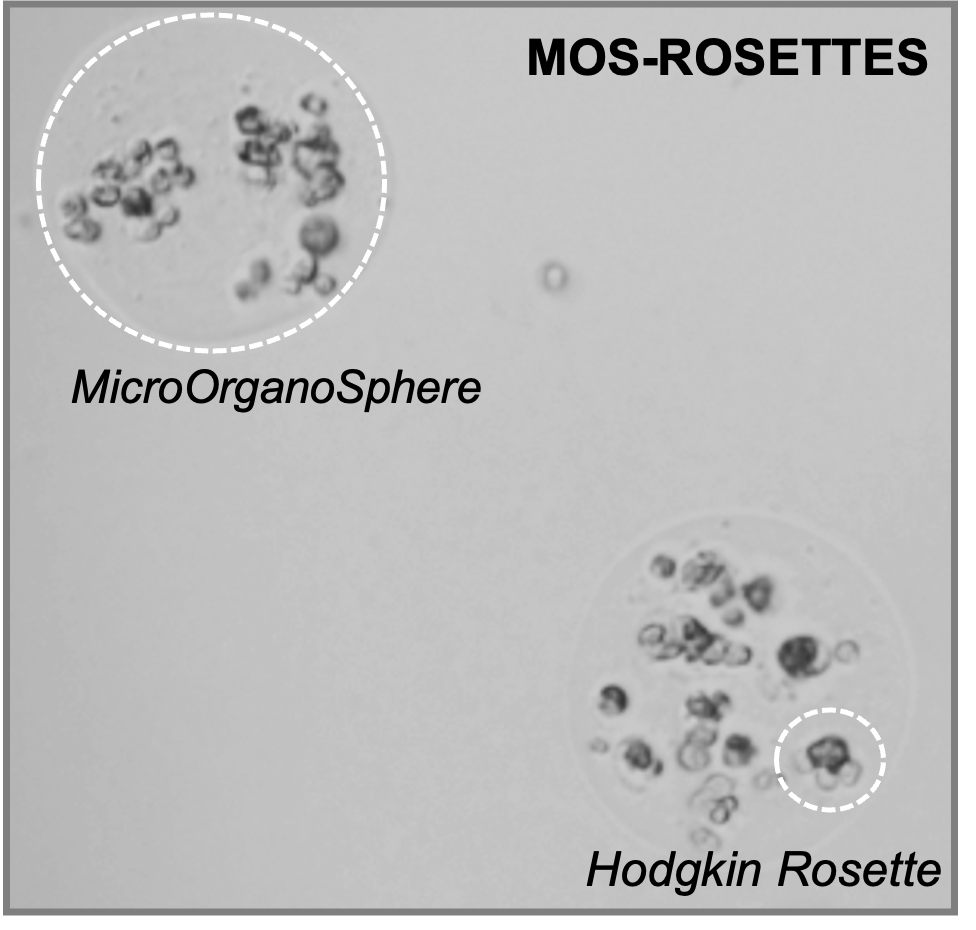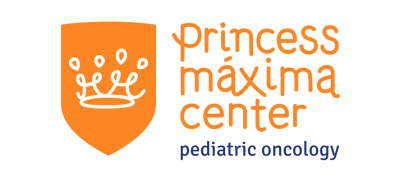Breaking the vital bond between T-cells and Hodgkin lymphoma
The tumor cells in Hodgkin lymphoma (HL) are typically surrounded by T-cells, which protect and promote survival of the cancer (so-called rosettes). Our aim is to study what drives rosette formation and develop interventions to beak this bond. However, there are currently no cell culture systems to recapitulate these complex cell-cell interactions, hampering us to screen for potential interventions. Here, we established a partnership between the Princess Máxima Center for Pediatric Oncology and Xilis B.V. to develop innovative MicroOrganoSphere (MOS) technology for pediatric HL. This technology allows us to study patient samples in spheroids in which the tumor-niche is retained.
In the Netherlands, about 40 children per year are diagnosed with HL. Although the cure rates for pediatric HL currently exceed 80%, survivors are confronted with chronic health problem due to their lifesaving treatment. This treatment currently exists predominantly of intense chemotherapy, which destroys tumor cells but also damages normal tissues. Ideally, a more targeted and less toxic treatment is developed.
We will first optimise the conditions to generate HL-MOS of primary patient material. We will then mimic current clinical therapies in the HL-MOS system to model patient-specific treatment responses in vitro and study the mode-of-action of individual treatment components. Finally, we use the HL-MOS system to explore novel treatment strategies to specifically inhibit rosette formation.
This project will contribute to the development of a miniaturised patient-specific model system of pediatric HL. We envision that HL-MO can be used personalise patient treatment, which is specifically aimed at preventing both under- and overtreatment of children with lymphoma. Finally, by providing insights into how to break the bond between rosetting T-cells and HL cells, this project will ultimately contribute to more targeted, less toxic treatment of children with lymphoma.



